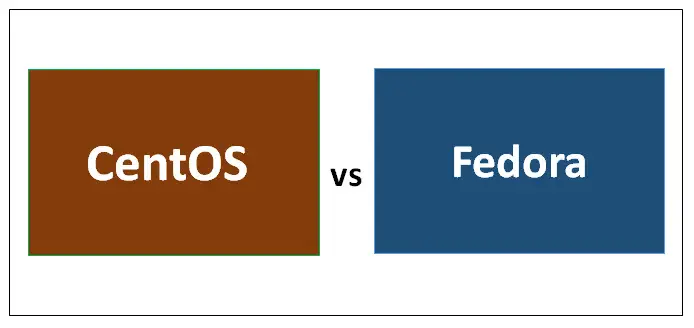CentOS vs. Fedora: Which Is the Best Fit for Developers?

CentOS and Fedora are both popular Linux distributions for developers. However, they differ in their design goals, features, and support. This article will compare CentOS and Fedora, helping developers choose the best distribution for their needs.

CentOS is a stable, enterprise-class Linux distribution based on Red Hat Enterprise Linux (RHEL). It is designed to provide a consistent and reliable platform for running production servers. CentOS is widely used in enterprise environments due to its long support cycle (up to 10 years) and extensive hardware compatibility. For developers, CentOS offers a stable and predictable operating system with a wide range of software packages.

Fedora is a community-driven Linux distribution that serves as a testing ground for new technologies. It is the upstream distribution for Red Hat Enterprise Linux (RHEL) and CentOS. Fedora is more bleeding-edge than CentOS and includes the latest software packages. Fedora is ideal for developers who want to work on the latest technologies and contribute to open source projects.
Key Differences
- Stability: CentOS is more stable than Fedora. It receives regular security updates but does not include the latest software packages. Fedora is less stable but includes the latest software packages.
- Support: CentOS is supported by the CentOS project and a large community of users. Fedora is supported by Red Hat and a large community of users.
- Software Packages: CentOS includes a wide range of software packages. Fedora includes a more limited number of software packages but includes the latest versions.
- Updates: CentOS receives regular security updates but does not include major updates. Fedora receives regular security updates and major updates every six months.
Conclusion
The choice between CentOS and Fedora depends on the developer’s needs. CentOS is a good choice for developers who need a stable and reliable platform for developing and running production applications. Fedora is a good choice for developers who want to work on the latest technologies and contribute to open source projects.


These distributions have very unique features for development. However, I think Fedora benefits more because of its very innovative packages.
This article is totally bogus and biased. Fedora has already won the debate over being the best Linux distro for development. Centos is too stuck in its ways and doesn’t offer anything new.
Can someone explain to me what are the main differences between Centos and Fedora?
The author of this article is clearly biased towards Centos. They fail to mention that Fedora has a much larger community and more support.
Oh, the irony! The author of this article claims that Centos is the best distro for developers, but then they go on to list all the ways in which Fedora is better.
Seriously, who wrote this article? It’s full of so many errors, it’s hard to take anything they say seriously.
I couldn’t help but chuckle at the author’s attempt to make Centos sound like the superior choice. Fedora is clearly the better distro for developers, and anyone who says otherwise is just kidding themselves.
This article is so well-written and informative. I really appreciate the author’s insights into the relative strengths and weaknesses of Centos and Fedora.
I’ve been using both Centos and Fedora for years, and I can honestly say that they’re both great distros. It really depends on what you’re looking for in a distro.
This article is garbage! The author doesn’t know what they’re talking about. Centos is WAY better than Fedora.